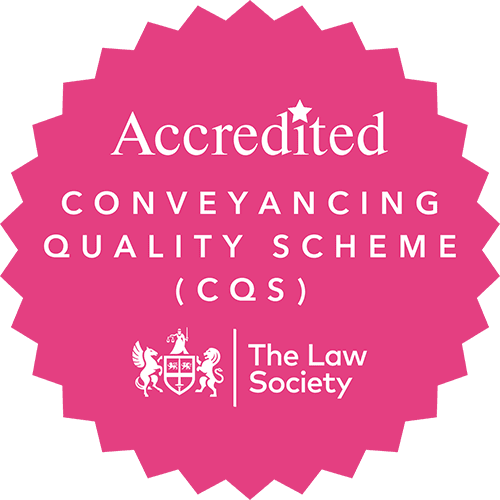If you’re a first-time buyer, the home buying process will be completely new to you. It usually seems a little bewildering if you’re not used to it. Even if you’ve bought a house before it’s likely to have been some time ago – the details may have changed and won’t be fresh in your mind. You’ll probably also have the added complication of selling your existing home.
Even a straightforward purchase tends to create stress. While you can’t avoid this completely, the better you understand the process, the less likely you are to be caught out by something unexpected. To help you prepare, here’s a brief step-by-step guide to the process.
Seven Steps to Buying a Home:
- Decide on your budget
- Find a property
- Make an offer
- Appoint a Conveyancer
- Arrange a survey
- Exchange Contracts
- Complete the purchase
There are likely to be twists and turns before you get to your destination. Having an experienced Conveyancer to guide you through the process will help you avoid many of the pitfalls that can slow the process or spoil your enjoyment of your new home in years to come.
Step One – Decide How Much you Can Afford
When you start looking at properties, it’s easy to get carried away. As well as having a nice home you also want a good quality of life. Study how much you spend each month and what you spend it on. This will give you a good indication of the mortgage payments you can afford, ideally with a bit of headroom in case rates go up or for unforeseen issues.
Don’t forget to include the following in your budget:
- Solicitor’s fees
- Stamp Duty (see our simple guide to stamp duty)
- Survey fees
- Land registry fees
- Removals
At this stage you might also approach mortgage providers to get an agreement in principle for how much they will be prepared to lend you. They will carry out an affordability test and will want to see proof of your income.
Step Two – Find a Property
With a sound budget, you can be clearer about the properties you should look at. It’s normal to shop slightly above your budget as sometimes people will accept an offer below the asking price. Look at as many properties as you can within your budget, this will give you a better idea of what you do and don’t want.
It’s a good idea to make a shortlist of several properties and arrange second viewings.
Step Three – Make an Offer
Making an offer does not legally commit you to buying the property at that price. But once you start the purchase process you will begin to incur costs. Be as sure as you can be that this is a house you really want.
Step Four – Appoint a Conveyancer
This may seem like a routine step but it’s a really important decision. While all Conveyancers carry out essentially the same process, the way they do it can be very different. The outcomes and potential risks can depend a lot on how your Conveyancer works.
Experience and local knowledge can help pre-empt and avoid issues that could hold up or stop the purchase altogether. Your Conveyancer will take care of local authority planning searches as well as investigating other potential problems, such as flooding and environmental issues or any restrictions on how you can use the property.
Your Conveyancer will also deal with the seller’s solicitors to finalise the contracts and legal documentation. The contract will specify what is included in the sale, which can include fixtures and fittings, curtains, carpets etc.
For more information about buying and selling a property, view our Buying and Selling animations here.
Step Five – Arrange a Survey
There are different types of property survey. In general, these will look at the condition of the property and identify any potential issues with alterations that have been made. The type of survey needed will depend on the age of the property, whether you think there might be structural issues and the extent to which the property has been altered.
Your mortgage lender will require a survey to value the property. The surveyor’s valuation might not be the same as the asking price. If significant issues are identified (e.g. the house needs a new roof) it might be possible to negotiate a reduced buying price.
Step Six – Exchange Contracts
Once you are happy with the property and the price, and your lender has confirmed they are happy to lend you the money, the next step is to exchange contracts with the seller. This stage commits you to completing the purchase on a specified day at a specified price. You will pay a deposit (usually 10% of the price) that will not be refundable if you change your mind.
As soon as you know the completion date you need to contact removals companies and arrange for services such as energy and phone supplies to be set up in your name at the new address.
Step Seven – Completion
This is the day you move in. Your Conveyancer will coordinate with your mortgage lender and your seller’s solicitor to complete the process. Where several sales and purchases are involved in a chain this can involve coordination of multiple parties. As soon as the process is completed you will be able to collect the keys and get access to your new home.
If you’d like to find out more, contact our property team on 01934 623 501 or email helpforyou@powellslaw.com.

